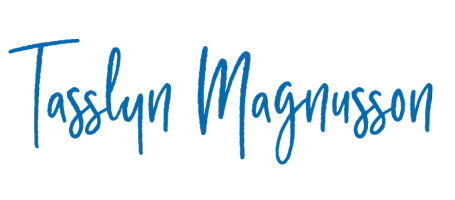I’m really excited. I’m teaching a class – online – through The Loft Literary Center. It’s called “Let’s Get Writing! Introduction to Creative Writing.” I want folks who take the class to just enjoy playing with words as much as I do. I’m going to introduce folks to some of my favorite writing prompts, talk about all the craft stuff and we’ll workshop. Basically – I’m excited and love writing and want you to love writing too!
But here’s what I want to talk about today. Picking reading selections. Part of what makes me excited about trying new writing genres and techniques is reading something really, really good that represents what I’m going to try to do. Before this point, I think I realized intellectually what it meant to choose examples in a classroom and hold them up as “good” or “great.” But until I had to think about the best depictions of dialogue or description for MY class, I don’t think I understood the real power those choices have.
My class is really geared to beginner beginners. I want them to feel comfortable and relaxed as we learn, play, and share together. But I got to be honest, I made myself a goal. My selections that demonstrate “good” uses of the craft elements. They’ve got to be different than what we read in high school English. I have an opportunity to share whatever I want (within reason, of course) and talk about why I think that demonstrates great writing.
But do something – google “great description in literature.” Tell me how many dead writers there are on your first five pages of search results. There are a lot, aren’t there? Trust me, there are.
Part of my job, as a writer, is to know the “great” examples of craft elements. The other part of my job, what I would say is probably the MORE important, is to ask the question – why. Why are these the examples we use? What does our defining “great” or “canon” say about us and what our priorities are as writers and thinking and consumers of literature?
In this class I don’t get to assign books. I don’t even assign chapters. I’m just pulling paragraphs or poems or short selections to demonstrate things. Doesn’t matter though. I’m going to question that “great.” Toss in my own “great” examples – we’re going to read some Jason Reynolds, Nikki Grimes, Shannon Gibney, Daniel Jose Older, Bao Phi, Chaun Ballard, Louise Erdrich, Patrick Ness, Justice Ameer and more. Will I use a bit from Hemingway for dialogue. Yes, probably. But I’m also using a selection from Tagged by Diane C. Mullen which uses zero dialogue tags and a bit from Kinda Like Brothers by Coe Booth which is just great dialogue. I mean, maybe I don’t need Hemingway?
Oh, and yes, a whole bunch are kid-lit writers. Why? Because I think authors writing for children and young adults give some of the most honest and beautiful prose I’ve ever read.
So, maybe take a peek at my class. Register. We’ll have so much fun, I promise.

